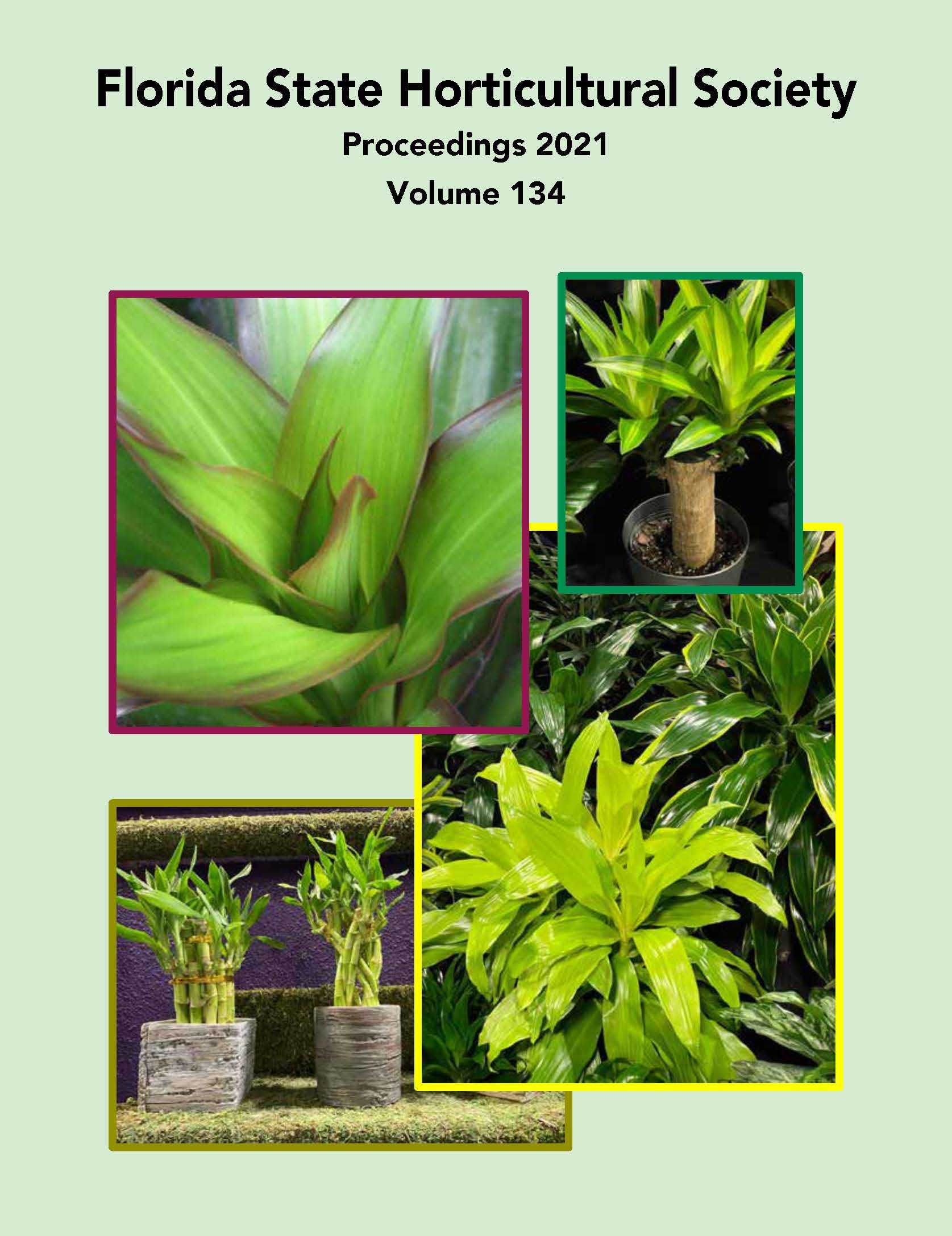Evaluation of the Potential of Biocontrol Agent Catolaccus hunteri, a Hymenopteran Parasitoid in Reducing Pepper Weevil (Anthonomus eugenii) Population in Greenhouse Conditions
Abstract
Pepper Capsicum annum L. is an essential crop in the United States. The key pest of pepper is the pepper weevil (PW), Anthonomus eugenii Cano (Coleoptera: Curculionidae). It is distributed in tropical and sub-tropical parts of the United States. Adult females oviposit on flowers, buds, and fruits. Larvae cause significant damage by feeding inside the fruit, thus rendering the produce unmarketable. Farmers use insecticides to kill the adults, they are ineffective on the hidden immature stages that cause significant damage. There is a need to develop a sustainable approach that can reduce the damage inflicted by PW larvae. Developing a sustainable approach includes the use of biocontrol as a component for integrated management program. Catolaccus hunteri, has been found as a potential biocontrol agent of pepper weevil. However, the potential control offered by the parasitoid needs to be evaluated. In this study we evaluated the potential of Catolaccus hunteri to control pepper weevil. An experiment was performed in cages in a glasshouse with three pots of jalapeño plants and a pair of pepper weevil adults in each cage. Treatment includes the release of three levels of C. hunteri adult densities 10, 20, 40 and a control without C. hunteri. The effectiveness of C. hunteri adults in suppressing pepper weevil was evaluated by counting the total number of infested flowers, fruits and buds on each plant at weekly intervals for twelve weeks. Infestation was confirmed by dissecting each plant part and observing them under a binocular microscope at 20×. The results indicated that the infestation rate was significantly lower in the treatment where 40 C. hunteri were released at weekly interval as compared to the control. Future studies are needed to incorporate C. hunteri as a component to develop sustainable management system for pepper weevil.

